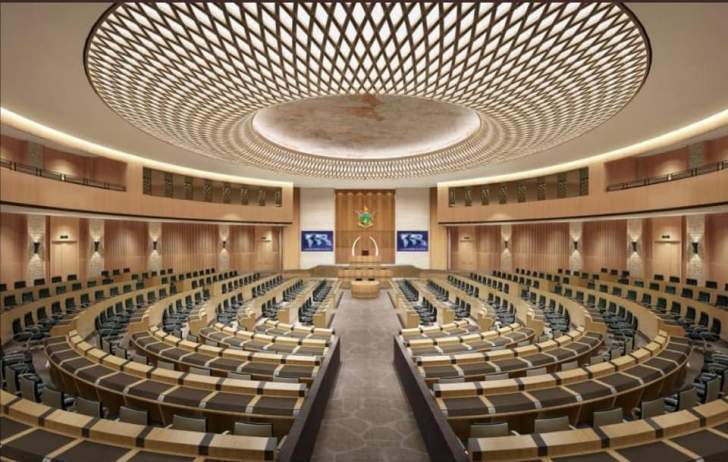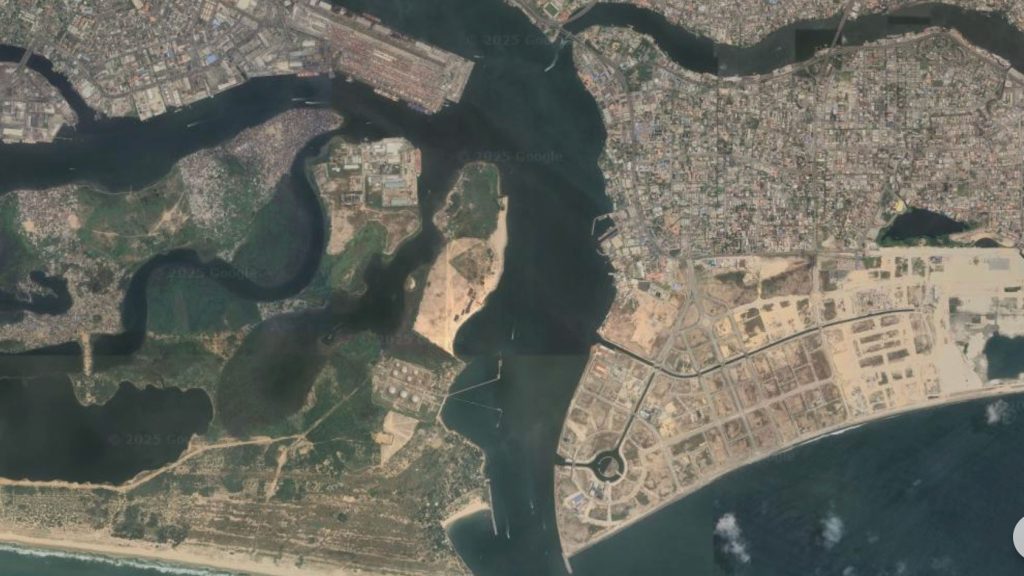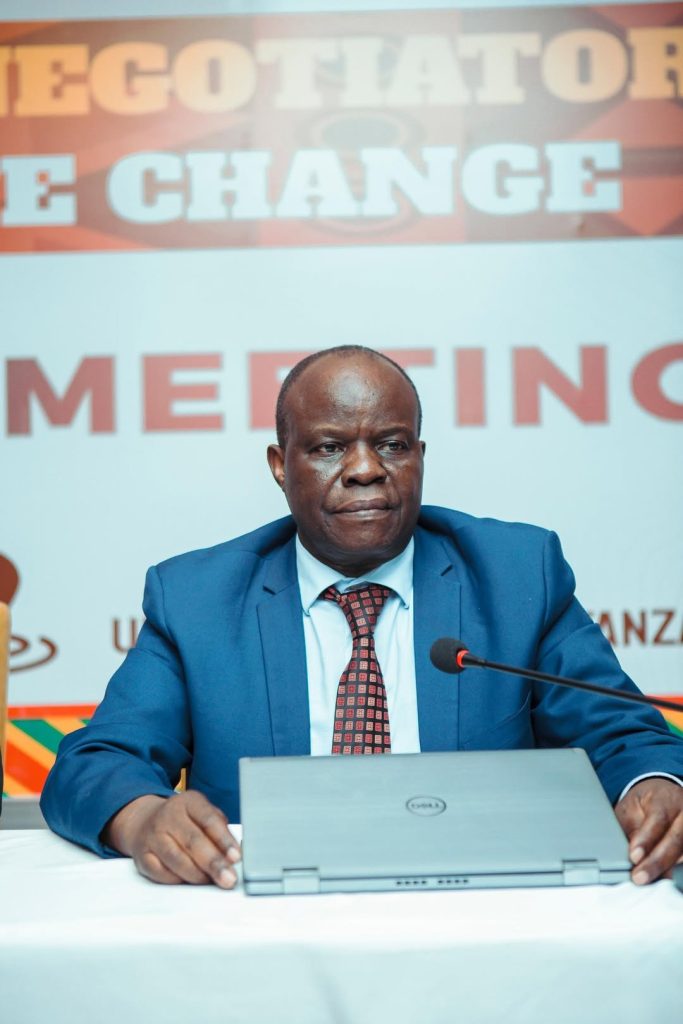Towards the end of February, the African Union (AU) held its 37th Summit, which included a meeting of the Committee for African Heads of State and Government on Climate Change (CAHOSCC), an arm of the AU which formulates continental priorities and positions on climate change. Over the years it has been this body that has been a locus of international climate policy for the African continent, working together with the African Group of Negotiators (AGN), currently led by Zambia, and African Ministerial Conference on the Environment (AMCEN), currently led by Ethiopia.
Although education was the main theme at the Summit, climate finance and the reform of the global financial architecture remained high on the agenda. Negotiations were, however, overshadowed by tensions and in-fighting regarding conflicts and political crises across the region. As Amani Africa points out, the meeting was “filled with dramatic events that highlighted lack of decorum, dwindling regard for AU processes and a complete absence of amity between governments of some countries”.
Official decisions from the Summit will not be available for several weeks, as is the common practice, but corridor discussions suggest that the AU is still pushing for full representation within a reformed UN Security Council. The AU also adopted its Second Implementation Plan for Agenda 2063, which addresses how the continent will achieve the SDGs, amongst other priorities. Countries also apparently discussed modalities for participating within the G20, as Africa assumes its newly appointed seat. It was proposed that African Ministerial representatives to the G20 will put forward common African positions towards it, creating an opportunity to advance African climate priorities within the G20 working groups on finance, the environment and climate as well as energy transitions.
Reforms to the global finance architecture were also high on the agenda, continuing the momentum achieved at the African Climate Summit in 2023. During a Presidential Dialogue, members underscored the importance of enhancing concessional finance and a greater capitalisation of multilateral development banks (MDBs). Member nations also supported the use of climate vulnerability criteria as a basis for access to finance. Countries also reiterated the importance of rechannelling SDRs (an international type of monetary reserve currency within the IMF) to MDBs to finance climate action, and the inclusion of middle income African countries within the G20 Common Framework for debt restructuring. It has long been the position of African states that more affordable and easier to access finance and a reduction in the cost of debt, will free up countries to use their own resources to respond to climate change and make existing climate finance more accessible.
The launch of the “Africa Club”, an alliance of African multilateral financial institutions at the Summit will also go some way addressing the African debt and climate crisis. The alliance aims to introduce innovative financial instruments, create a venue for debt management engagements and support collaboration to advance African priorities.
In addition to finance reforms, CAHOSCC met as part of the Summit, to discuss climate priorities and positions for the year. The body administers a large swathe of commissions, programmes, and other activities and for this reason has a strong administrative role. But the AU’s accession to the G20 means that this will need to change. This year, guidance on approaching the region’s key climate political topics was thin. Apparently CAHOSCC raised concerns with unilateral actions with cross border impacts (e.g., the CBAM), critical minerals, the need for an African Climate Change Fund, and innovative forms of finance. However much more is needed and can be done. Going forward CAHOSCC will need to formulate far more detailed and comprehensive positions on climate if the AU is to be taken seriously within the G20. This will entail working closely with the AGN and AMCEN and synergising policy positions between these bodies and releasing these timeously as a signal of foreign policy. This gives the continent an opportunity to feed into existing conversations about energy transitions which are often the focus of G20 meetings, but also to champion neglected topics such as adaptation within discussions.
Moreover, to be effective, the AU will need to demonstrate that it can implement its plans. As the AU Commission Chairperson lamented at the Summit, the ‘rampant tendency to make decisions without real political will to apply them has grown to such an extent that it has become devastating to our individual and collective credibility.’ He pointed out that that 93% of the decisions adopted during the past three years within the AU have not been implemented. For CAHOSCC, this means implementing its 2022 AU Climate Change and Resilient Development Strategy and Action Plan as well as the Nairobi Declaration. At present there is only a water related GCF readiness programme for the AU’s climate strategy, and the Nairobi Declaration is still in its infancy.
The Nairobi Declaration stems from the African Climate Summit, convened by current coordinator of CAHOSCC, Kenyan President William Ruto, in September last year, which drew together more than 30 000 participants, including 20 heads of State and Government. Ruto, with the support of the AU, has plans for ensuring that the Nairobi Declaration, remains alive by introducing a new governance structure, and implementation plan, adding to the already bulky set of African climate governance bodies and associated plans.
Early indications from the AU Summit are that the CAHOSCC remained in favour of adopting the Nairobi Declaration, including its proposed implementation roadmap. CAHOSCC also supported Kenya’s proposal for the establishment and hosting of a Secretariat, which will be responsible for implementing the Declaration. It will be financed by voluntary contributions from Kenya as well as other African States and partners. It also supported the summit being a biennial event, with the next one scheduled for 2025.





